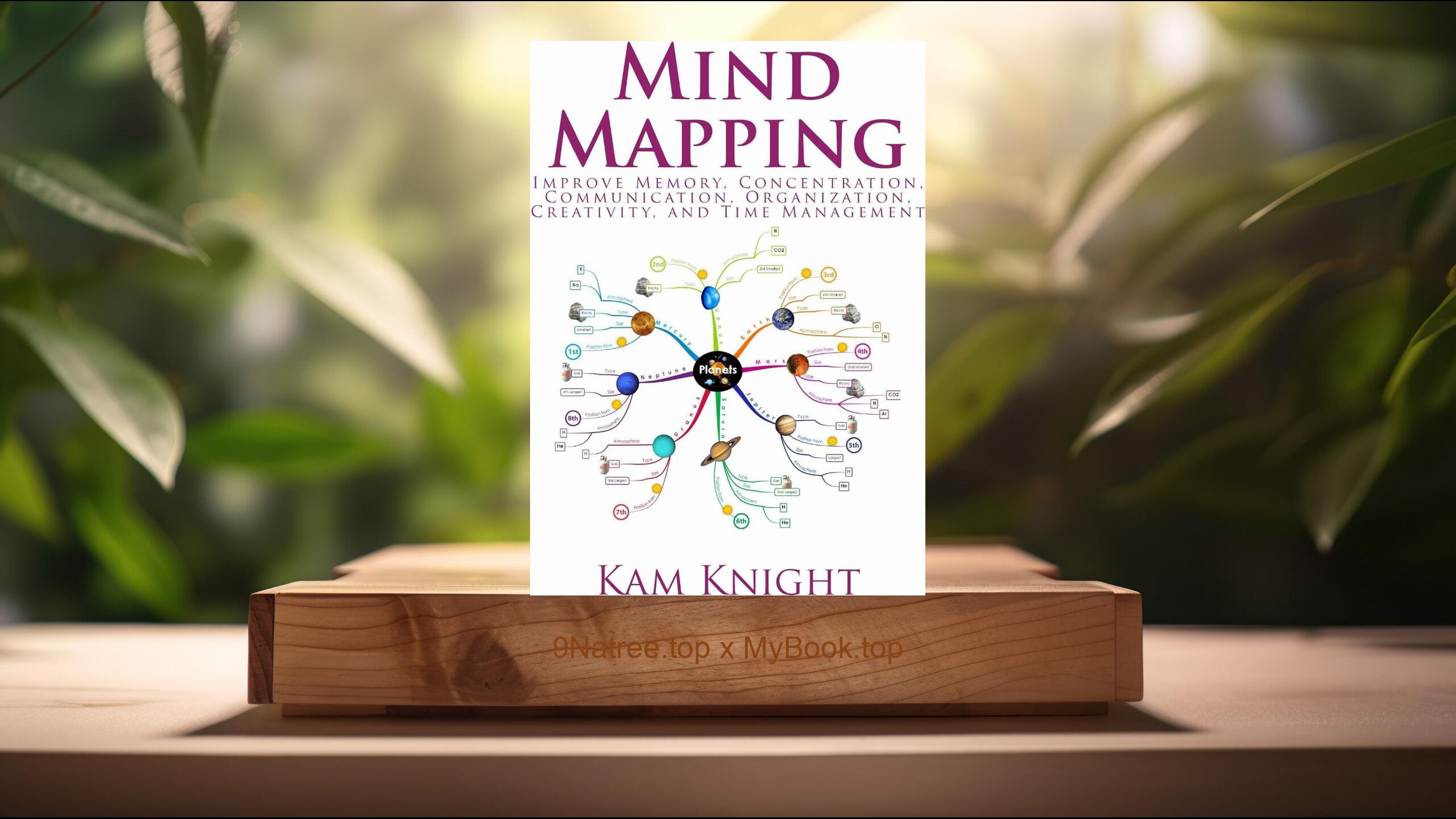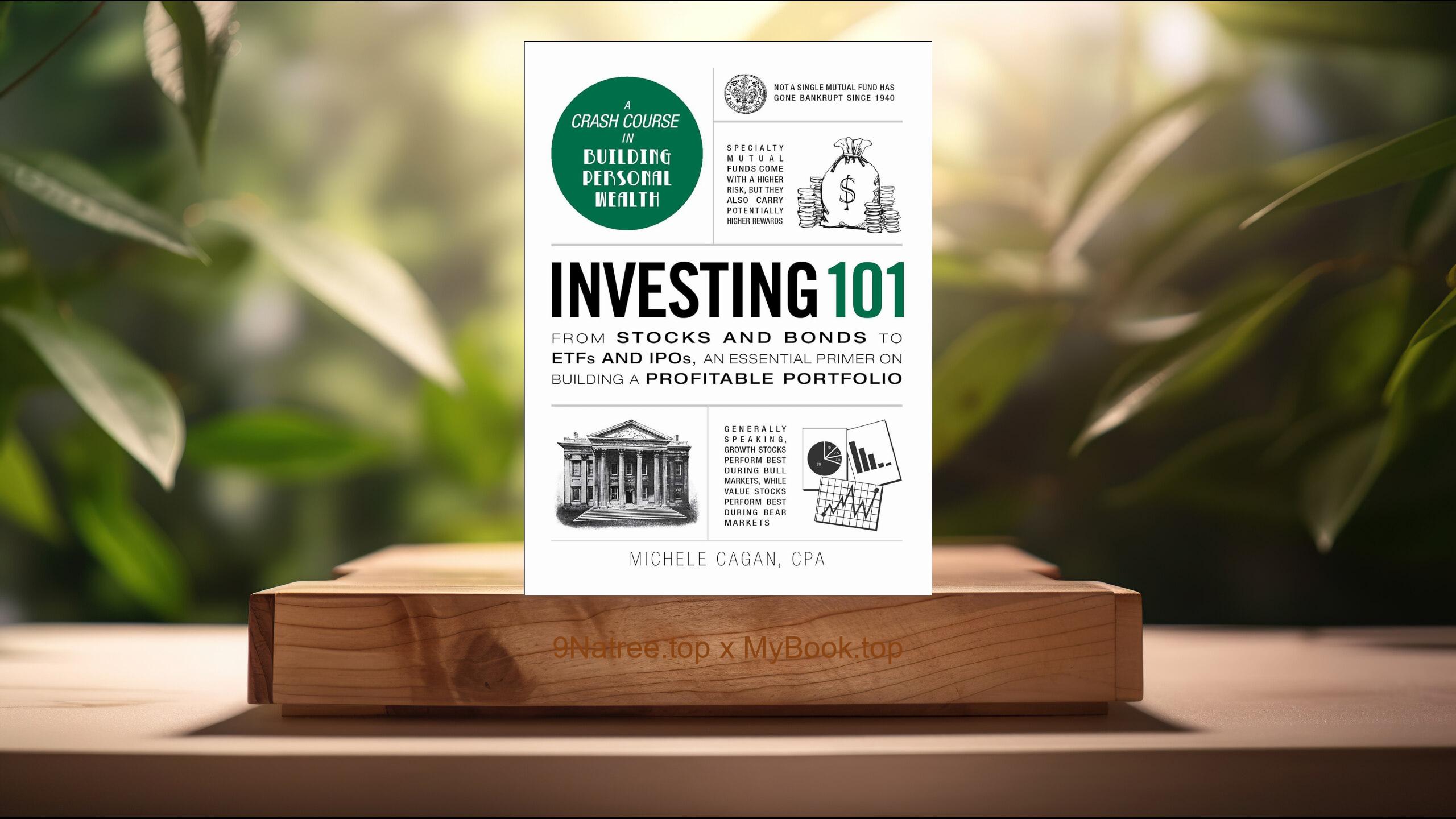Show Notes
- Amazon US Store: https://www.amazon.com/dp/B001THVZNO?tag=9natree-20
- Amazon Worldwide Store: https://global.buys.trade/Yes-50-Scientifically-Proven-Ways-to-Be-Persuasive-Noah-J-Goldstein.html
- eBay: https://www.ebay.com/sch/i.html?_nkw=Yes+50+Scientifically+Proven+Ways+to+Be+Persuasive+Noah+J+Goldstein+&mkcid=1&mkrid=711-53200-19255-0&siteid=0&campid=5339060787&customid=9natree&toolid=10001&mkevt=1
- Read more: https://mybook.top/read/B001THVZNO/
#PersuasionTechniques #SocialPsychology #BehavioralScience #InfluenceStrategies #CommunicationSkills #Yes
These are takeaways from this book.
Firstly, The Principle of Reciprocity, The Principle of Reciprocity is a foundational concept in 'Yes!: 50 Scientifically Proven Ways to Be Persuasive.' This principle outlines the human tendency to want to give back when something is received. Whether it is a tangible gift, a favor, or an act of kindness, people are innately wired to reciprocate. The authors explore various studies and examples to demonstrate how this instinct can be leveraged in persuasive contexts. From promotional giveaways at stores to free trials for services, when individuals feel they have received something, they are more inclined to respond in kind. This reciprocity can be a powerful tool in negotiations, marketing strategies, and daily interactions, suggesting that giving a little can often lead to gaining a lot in return.
Secondly, The Power of Social Proof, The concept of Social Proof is another persuasive technique discussed in 'Yes!: 50 Scientifically Proven Ways to Be Persuasive.' This principle hinges on the idea that individuals look to the behavior and opinions of others to guide their own actions, especially in situations where they are uncertain or the correct behavior is ambiguous. The authors provide numerous examples where social proof has been used to influence behavior, such as highlighting the popularity of a product to boost sales, or using social norms to encourage environmentally friendly actions. The underlying message is clear: people are significantly influenced by the crowd around them. Understanding how to harness the power of social proof can be immensely helpful in encouraging desired behaviors in others, whether it's in a marketing campaign, promoting social change, or even in personal endeavors like convincing friends to try out a new restaurant.
Thirdly, The Commitment and Consistency Principle, The Commitment and Consistency Principle is a key topic in 'Yes!: 50 Scientifically Proven Ways to Be Persuasive.' It is based on the idea that once people commit to something, whether publicly or privately, they are more likely to follow through with it in order to appear consistent. This principle is deeply rooted in the desire for self-consistency and the public image. Goldstein and his co-authors explore how, by securing small initial commitments, it is possible to encourage greater compliance with larger requests later on. This strategy can be effectively applied in various contexts such as sales, negotiations, and personal relationships. From signing petitions to making public declarations, the book illustrates how commitment can be a precursor to consistent and continued action, making it a potent tool in the art of persuasion.
Fourthly, The Principle of Liking, In 'Yes!: 50 Scientifically Proven Ways to Be Persuasive,' the Principle of Liking reveals that people are more easily persuaded by those whom they like or find attractive. The authors discuss how similarities, compliments, and cooperative endeavors can significantly increase someone's influence over others. Physically attractive individuals, those who are similar to us, or people who compliment us are inherently more persuasive. This principle is not just about superficial liking; genuine connections and finding common ground can also enhance persuasive efforts. It’s a powerful reminder of the social nature of persuasion, emphasizing the importance of building rapport and positive relationships as a foundational step in influencing others. This principle is especially pertinent in areas such as sales, where likability and relatability can substantially impact decision-making.
Lastly, The Scarcity Principle, The Scarcity Principle is a concept thoroughly examined in 'Yes!: 50 Scientifically Proven Ways to Be Persuasive.' It operates on the basic human tendency to value things that are scarce or perceived to be in limited supply more highly than those that are abundantly available. This principle taps into the fear of missing out (FOMO) and can be incredibly effective in motivating people to take action. Goldstein and his co-authors present various contexts where scarcity is utilized to increase desire and demand, from limited-time offers in marketing campaigns to exclusive access in service industries. By understanding and applying the Scarcity Principle, individuals and businesses can significantly enhance their persuasiveness, encouraging quicker decision-making and fostering a sense of urgency among their audience.
![[Review] Yes!: 50 Scientifically Proven Ways to Be Persuasive (Noah J. Goldstein) Summarized](https://episodes.castos.com/660078c6833215-59505987/images/1860714/c1a-085k3-9j0rdpomhmv-c0a3wu.jpg)




